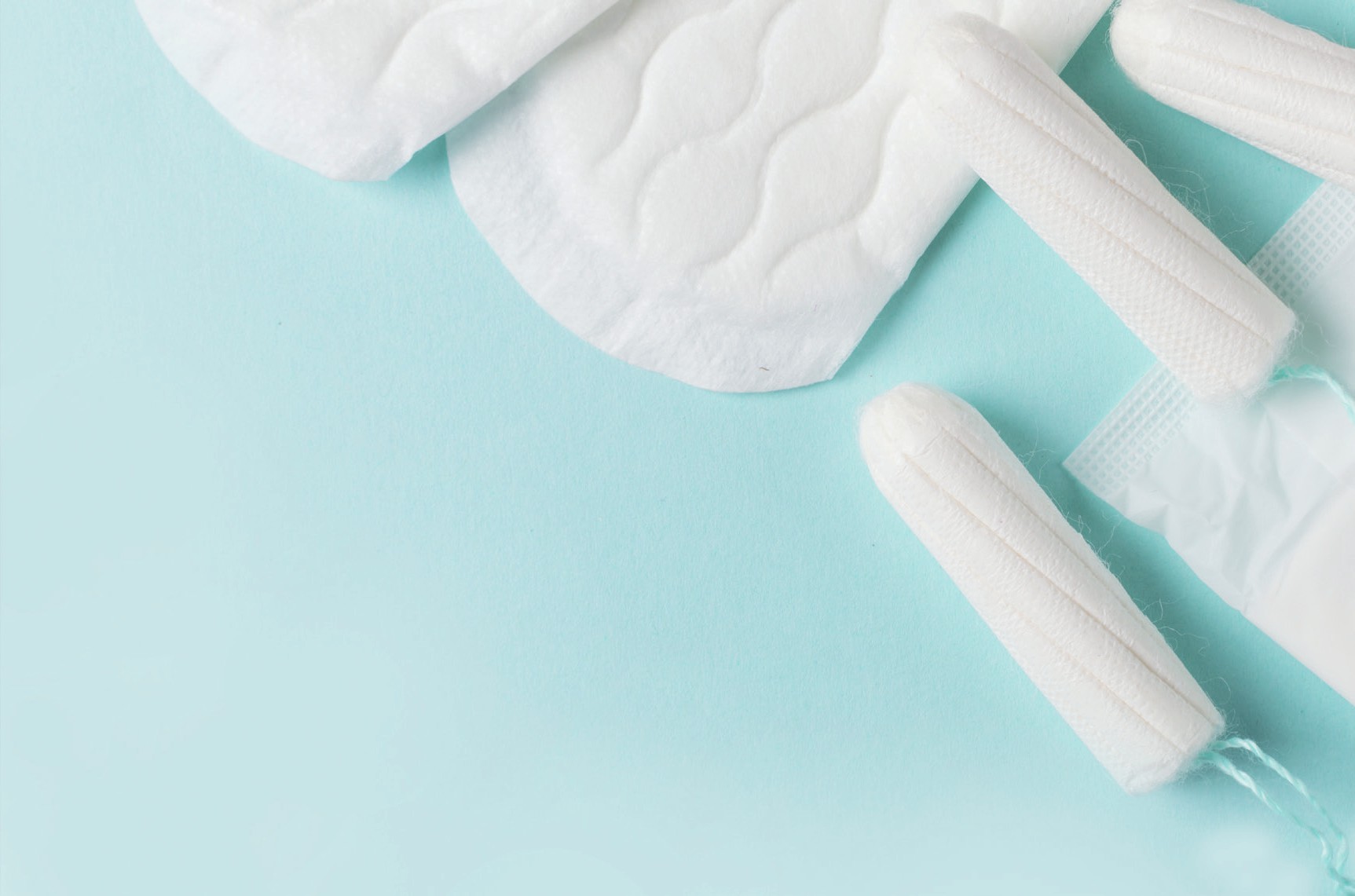From tampons to period pants
Change in the menstrual products market
The menstrual products market is going through significant change right now with the release of an innovative and groundbreaking product that has caused disruption within the market segment

EXAM LINKS
This article is relevant to the following topics in the AQA, Edexcel, OCR and WJEC/Eduqas A-level specifications:
■ product portfolio
■ product life cycle
■ Boston matrix
■ assessing innovation
■ research and development
■ marketing mix
■ market segmentation
■ models of strategic choice
■ business objectives and corporate strategy
■ business choices
■ assessing innovation
■ analysing the external environment to assess opportunities and threats
■ understanding markets and customers
The global market for menstrual products such as tampons and pads is valued at around £30 billion and is dominated by three brands: Always, Tampax and Bodyform. These brands enjoy a relative monopoly on these products, which are always going to be demanded and needed. The industry has been in the news in recent years as a campaign to get VAT removed from the cost of purchasing these items in the UK made its way through the courts. Campaigners finally got the result that they were looking for at the start of 2021. Using products as part of your normal menstrual cycle is clearly a necessity rather than a luxury, and so they should not have been subject to the 5% additional tax that was previously imposed.
Period pants
Period pants provide an environmentally friendly alternative to single-use tampons and pads, and are a product with many links to your A-level studies. While the design varies from brand to brand, the basic concept is the same: a cotton or polycotton blend, with an ultra-high-absorbency fabric sewn into the gusset. Users simply rinse out the pants in cold water, before putting them in the washing machine along with a regular load of laundry. The idea is that these products should look like and feel like traditional pants.
Sales of period pants have increased by over 320%, and accounted for over $500 million at the end of 2021. They are not necessarily a new invention — the idea of absorbent underwear has been around for a while — but they were previously seen as a niche alternative to tampons and pads. Priced at £20 per pair, they were seen as too expensive for the majority of the market.
Influencing change
In what could be seen as a perfect interaction of external and internal influences, many consumers are looking for more sustainable alternatives to traditional products, amid the growing awareness of environmental issues and the backlash against single-use/plastic products that cause potentially catastrophic damage. In the nappy market, many parents are switching to reusable cotton nappies that do not end up in landfill. It is estimated that disposable nappies take up to 500 years to fully decompose.
The plastic applicators used with some tampons also take hundreds of years to decompose, and over 10 billion of them are used every month. Faced with this information, it is perhaps surprising that demand for a more sustainable option hasn’t gathered momentum sooner.
This is where internal influences took effect. Thinx was the early innovator in the market, and its period pants came with an expensive price point. However, they had a great reputation, and by being first to market Thinx was able to exploit a price-skimming strategy: high prices to exploit the more price-inelastic demand that initial customers were more likely to display. However, as in any market segment, the profits and sales that came with first-mover advantage soon attracted other firms.

Copycats and strategic drift
Developing alternative ‘copycat’ products is not a quick and easy process. It took Marks & Spencer (M&S) a year to get its products from the research and development (R&D) stage into the market, and Primark took 18 months. However, once introduced into the market, these products cost a fraction of Thinx period pants, and this meant that they could attract mass-market customers who were more price-sensitive in their demand.
In addition, the sheer numbers of potential customers that the likes of Primark, M&S and Tesco were likely to sell to meant that they could benefit from economies of scale and reduce the unit cost. While still more expensive than average underwear, the idea was that you would only need five or six pairs of period pants for the time of your period, and these could be washed and reused. Period pants now provided a more affordable option for customers who were keen to move away from tampons and pads.
There are many modern examples of strategic drift, when major firms continue with their existing strategies without accepting that the market has moved on. Kodak failed to embrace digital camera technology (which it had itself developed) as it was still making substantial profits from photographic film. Video rental chain Blockbuster switched from VHS cassettes to DVDs, but then failed to move into digital streaming when it had a chance to buy the company that would become Netflix.
The menstrual products market may be providing a textbook example of strategic drift right now, as market leader Tampax has failed to release its own range of period pants — but Always and Bodyform have.

Time for change?
Some people remain sceptical about the effectiveness of period pants, but these fears are likely to be allayed as more and more people switch to alternative products. Concerns about leakage or odour have so far proven to be a non-issue — the products do what they are designed to do. Research suggests that close to 15% of customers are now opting to use period pants over less environmentally friendly menstrual products.
Period pants are clearly in the growth stage of the product life cycle, and firms are keen to ride the momentum. Similar to the ‘athleisure’ market, more and more variations of colours and designs are hitting the shelves.
In many ways this market is also a wonderful example of ‘building a better mousetrap’. The current status quo is becoming unsustainable, and the way items such as menstrual products are marketed is undergoing a major shift in terms of attitude and approach. The modern consumer is less likely to be impressed by old-fashioned marketing that used stigma and shame as part of the strategy. This will not work in today’s society, and what is good news for us as consumers could be a major problem for the incumbent firms if they fail to react and adapt to the needs of the market and their customers.
PRACTICE EXAM QUESTION
Sales revenue at the plant-based food and drink manufacturer Alpro is showing further growth as the success of its almond-based milk products continues. Sales grew in 2018 by 13.5% to 47,000 units. Profits have been steadily rising as consumers look for healthier alternatives to cow’s milk. With revenues of over £160 million in 2018, the 41-year-old business was able to expand capacity at its factory. Alpro invested in further promotion of its products in 2019 using the slogan ‘Go Big On Plants’. It also kept its premium price static at £1.80 per litre. Assess the usefulness of market mapping in increasing Alpro’s sales revenue.
(12 marks, Edexcel)
BusinessReviewExtras
Get guidance for your answer at www.hoddereducation.co.uk/businessreviewextras





